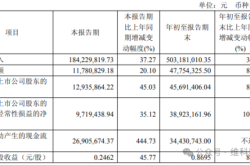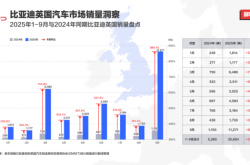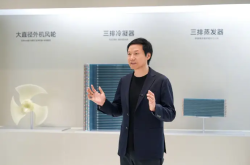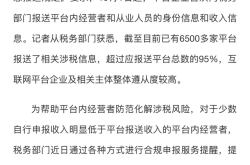Big Model Six Powers: Driving AI into the "Haidian Moment"
![]() 03/17 2025
03/17 2025
![]() 651
651

Text / Liu Jin
Source / Jiedian Caijing
Some have designated 2025 as the inaugural year of AI awakening.
Barely three months into 2025, the enduringly popular DeepSeek and the newly viral AI agent Manus have democratized AI, transforming it from an esoteric scientific achievement to a pivotal factor in enhancing productivity.
Yesterday, Baidu unveiled ERNIE Bot X1 and ERNIE Bot 4.5, further intensifying competition within the big model industry.
Upon their release, these models astounded overseas KOLs much like DeepSeek did.
Bill Gurley, a renowned Wall Street tech investor, was particularly critical, urging American AI companies to dedicate 100% of their efforts to development and innovation rather than lounging in Washington.
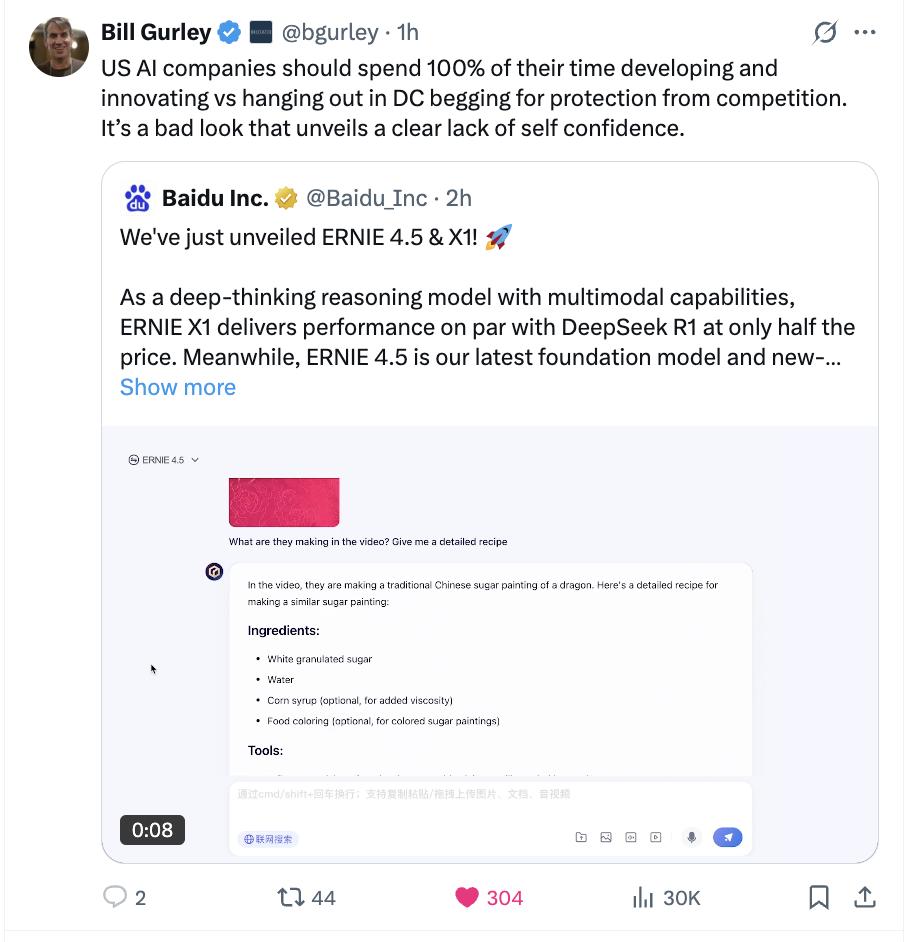
Javier Echevarría, a prominent Spanish value investor, has already begun reassessing Baidu:
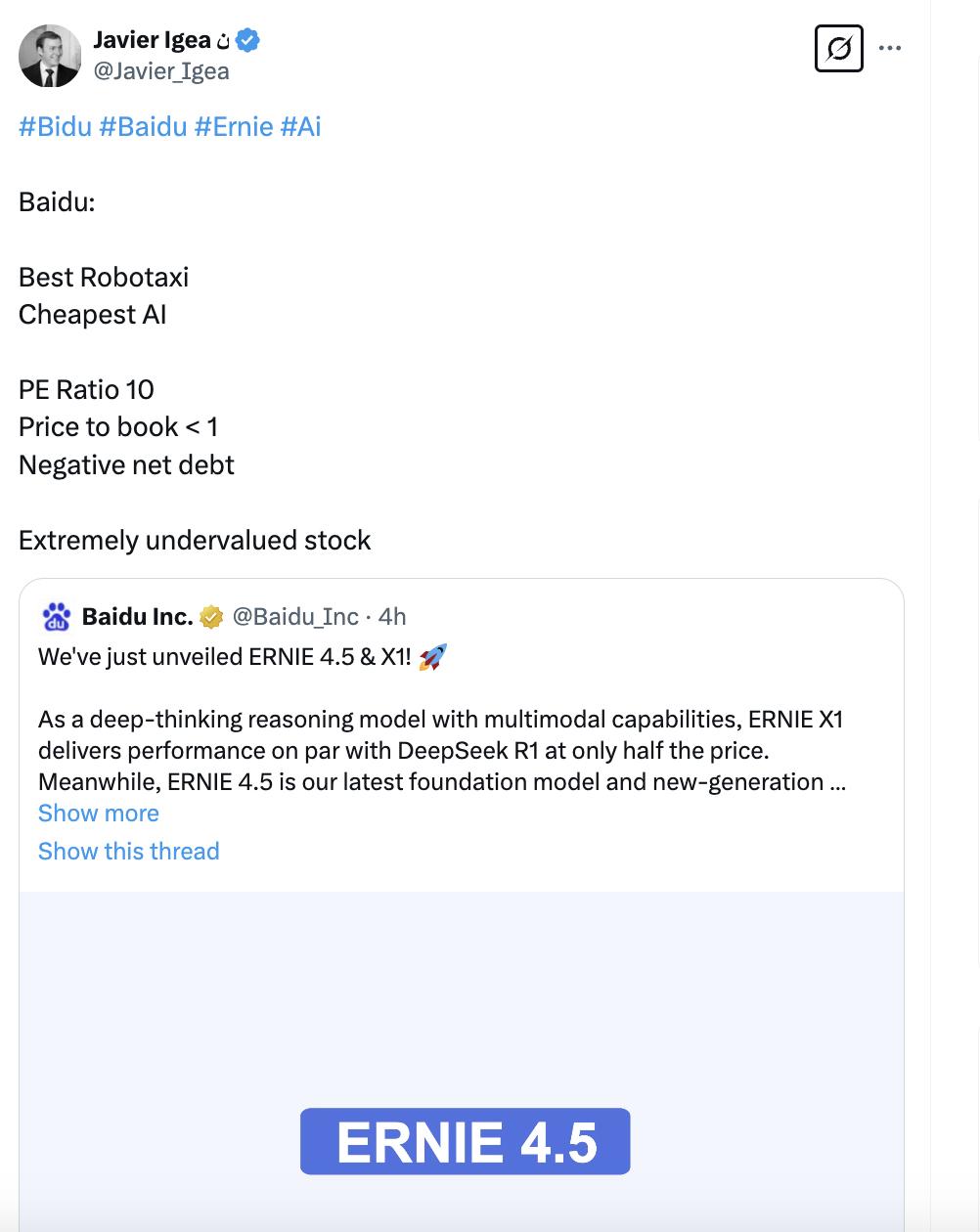
01 The Evolution of Big Models Continues
The intense fascination with ERNIE Bot X1 and ERNIE Bot 4.5 stems from their "user-friendliness."
In particular, ERNIE Bot X1 elevates the usability of big models to a new level.
According to its official description, ERNIE Bot X1 is the first deep-thinking model capable of autonomously utilizing tools, boasting enhanced capabilities in understanding, planning, reflection, and evolution.
How do we grasp this capability? Jiedian Caijing first tested it with a straightforward question, asking it to describe MINISO's listing process and analysis:
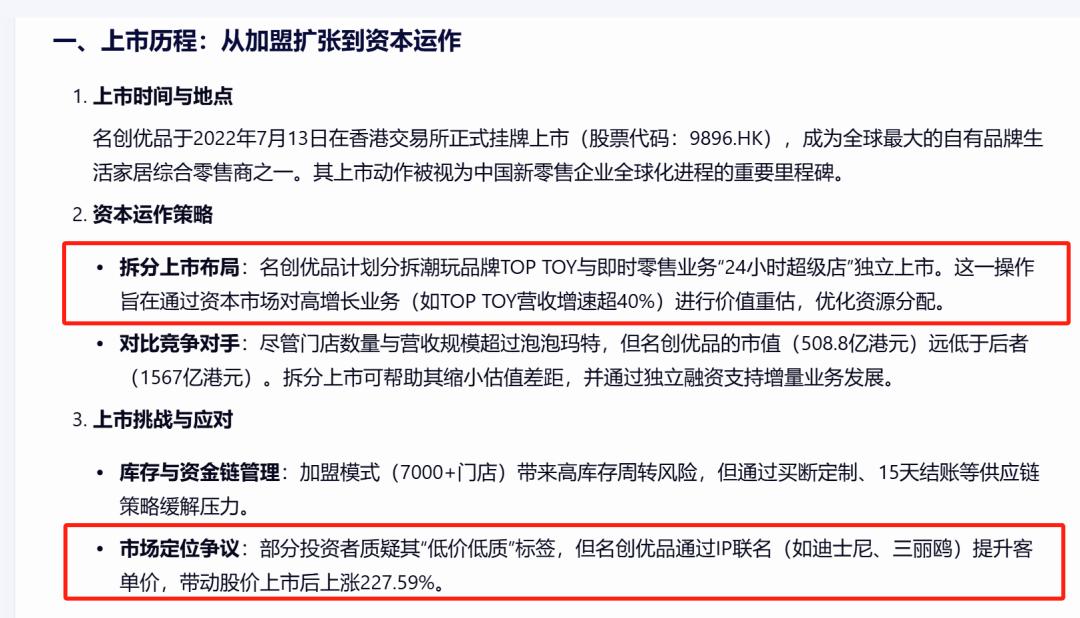
It effortlessly and succinctly analyzed MINISO's key developmental milestones. At this juncture, ERNIE Bot X1 had merely fulfilled its basic task.
While many reviewers employed ERNIE Bot X1 to solve math problems, Jiedian Caijing decided to up the ante by presenting it with several challenging exam questions from the CPA Financial Management course.
For this classic question, ERNIE Bot X1's approach is particularly suited for users who haven't studied Financial Management. While the textbook answer is concise, ERNIE Bot provides a comprehensive thought process.
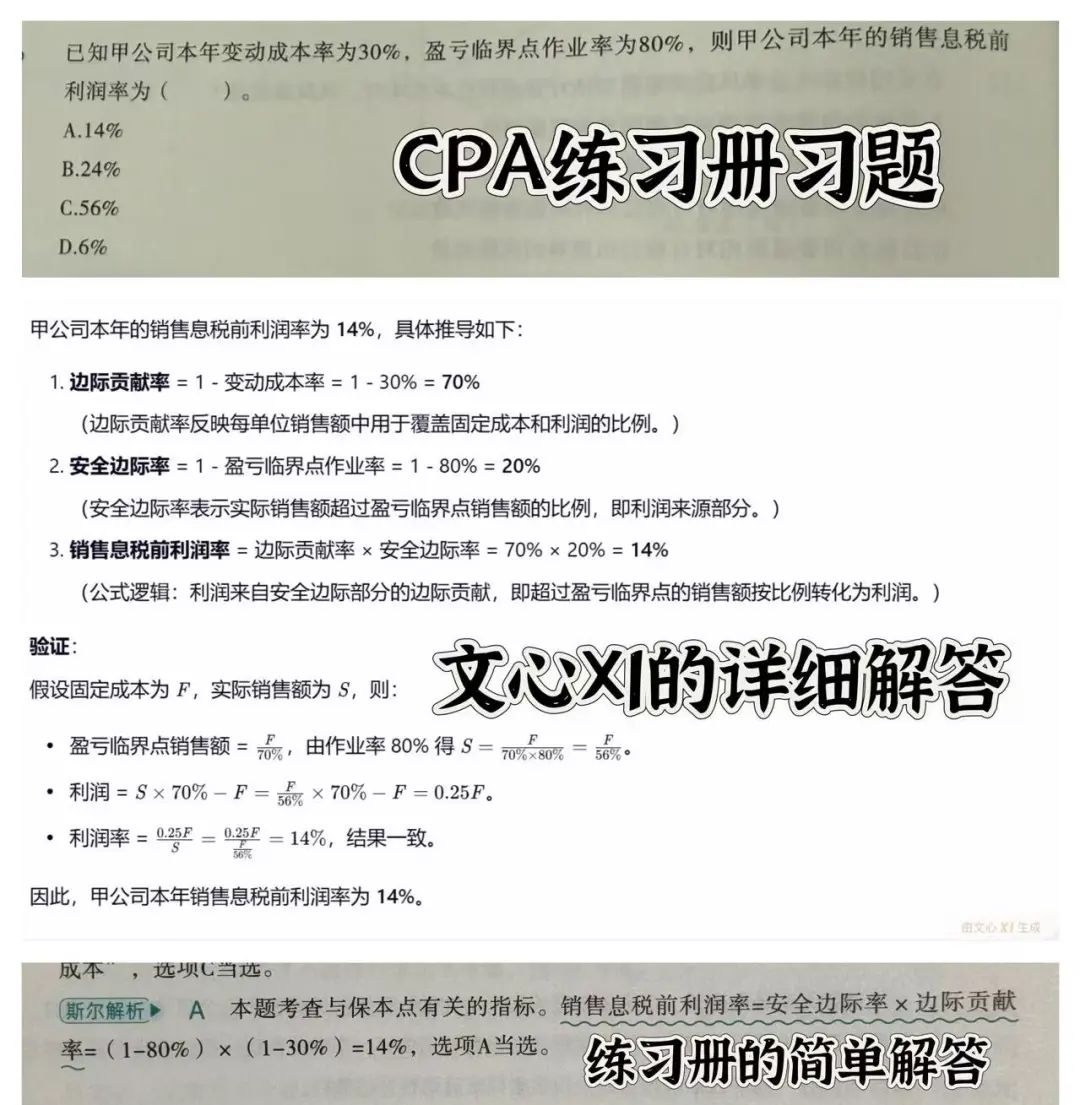
Additionally, Jiedian Caijing posed a financial management question requiring the integration of financial knowledge and reasoning:

ERNIE Bot X1 utilized a clearer method than the standard answer to logically deduce and solve the problem, which encompasses both financial knowledge and computational skills.
Jiedian Caijing also observed that reviewers have assigned various personas to X1, describing it as an interior designer that can redesign house soft furnishings by uploading a photo, a fitness coach that can analyze fitness pose correctness with a single photo, a murder mystery game cheat, a math expert, a travel planner, a movie and TV series expert, a gaming expert, and more. This is because it excels in Chinese knowledge Q&A, literary creation, manuscript writing, daily conversations, logical reasoning, complex calculations, and tool invocation.
However, Jiedian Caijing believes a more accurate persona for X1 would be as something that truly enables ordinary users to perceive big models in a practical manner – whenever they encounter something they don't know, they can simply "X1 it."
Moreover, Baidu also introduced ERNIE Bot 4.5. As Baidu's new generation of foundational big model, ERNIE Bot 4.5 outperforms GPT 4.5 and DeepSeek-V3 in multiple benchmark tests, scoring an average of 79.6, higher than GPT 4.5's 79.14.
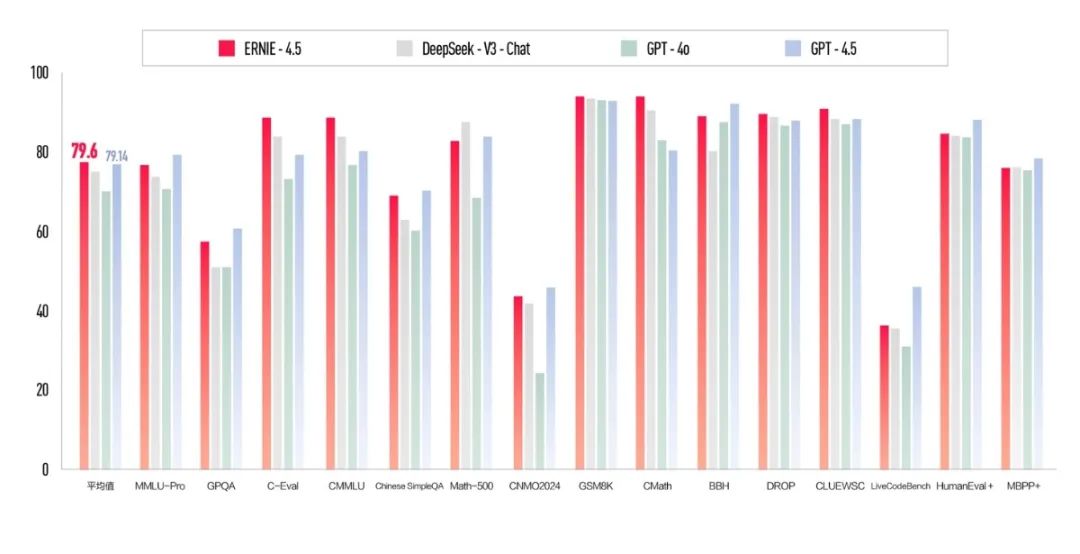
Notably, ERNIE Bot 4.5 has significantly improved its multimodal understanding capabilities, demonstrating both "high IQ" and "high EQ" in graphical reasoning and chart analysis.
For instance, when asked to interpret a meme, it not only provided an interpretation but also encouraged continued learning even after work, showcasing its "high EQ":
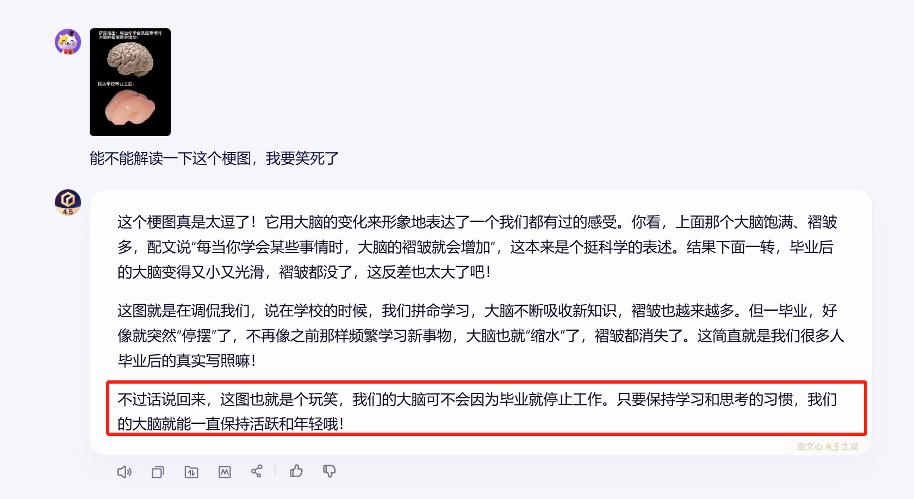
In summary, ERNIE Bot X1 and 4.5 each possess unique strengths, offering powerful thinking capabilities in diverse scenarios.
Simultaneously, the ERNIE Bot 4.5 series and the more advanced ERNIE Bot 5.0 are also under intense development. Notably, Baidu had previously announced that ERNIE Bot would be free on April 1. This release not only introduces two new big models but also advances the free period, significantly enhancing the user experience.
Baidu's series of actions align with Robin Li's statement, "We still need to continue investing in chips, data centers, and cloud infrastructure to create better and smarter next-generation models." This also demonstrates that Baidu has consistently invested in big models and remains a key player.
02 In Addition to ERNIE Bot's "Show of Strength," Haidian Also Has the "Six Powers"
Apart from the "show of strength" by ERNIE Bot X1 and 4.5, recent exciting additions to the big model landscape indicate that big models have progressed from the previous "hundred models war" to a competitive field of in-depth industrial applications. Jiedian Caijing also observed an interesting phenomenon: many of these "leaps" in big models have occurred in Haidian District.
Just days before Baidu's announcement, Doubao integrated with Douyin, enabling users to instantly obtain detailed answers related to videos while watching short content, thereby satisfying their immediate knowledge needs.
Kuaishou's visual big model Keling, akin to ERNIE Bot, has undergone multiple iterations within less than a year since its release. It continuously introduces various AI shorts in the entertainment field, often prompting users to wonder if they were created by humans.
Additionally, Dark Side of the Moon released the Kimi k1.5 multimodal thinking model earlier this year, further upgrading code writing and problem-solving abilities essential in daily life.
It's evident that AI big model application scenarios are becoming increasingly widespread. For instance, the debut of ERNIE Bot X1 and 4.5 has already achieved the concept of "model as application"; Kuaishou's Keling has also become a production tool for renowned directors. Now, industries such as education, art, office work, finance, healthcare, and manufacturing are actively embracing big model applications, which in turn drives the underlying evolution of big models.
Currently, the technology stack of big models can be roughly divided into four key layers: chip layer, framework layer, model layer, and application layer. Baidu is one of the few companies globally that has a presence in all four layers.
Moreover, companies like Cambricon also cover intelligent chips and their accelerator cards, training systems, processor IPs, and software for cloud and edge ends at the chip layer, meeting AI computing needs of various scales for cloud, edge, and end devices, thereby helping many big model enterprises reduce deployment costs.
At the framework and model layers, big model enterprises like BAAI have established partnerships with enterprises in various industries such as smart cars, manufacturing, consumer goods, finance, government services, healthcare, gaming, cultural tourism, and more.
Behind these four key layers lies a multi-dimensional fusion of traffic inlets, data assets, user scenarios, and AI capabilities. Therefore, in addition to the "six powers" in education, Haidian is also witnessing the "six powers" of big model enterprises efficiently infusing technology into the capillaries of various businesses, gaining a first-mover advantage in big models across all industries.
03 The "Haidian Model" of Big Models
Why can Haidian effortlessly present the "six powers" in the evolution of big models?
From an industrial perspective, Haidian District has established a basically self-controlled full-industry chain technology system encompassing chips, frameworks, big models, and landing applications.
For instance, among the "six powers," Baidu has a full-stack layout, Cambricon focuses on chips, BAAI specializes in the B-end, Kuaishou's Keling leans towards entertainment applications, Doubao targets the C-end and integrates with Douyin, and Dark Side of the Moon is oriented towards textual thinking. Haidian "has and is strong" in every key node of the big model industry chain, forming an "attractive magnet" for related industrial belts.
In terms of support, Haidian doesn't just pay lip service but provides genuine financial support, encompassing both patient capital and bold capital.
As early as 2023, Beijing took the lead in launching the first local big model policy. Haidian District was the first to set an example, proposing to build a core industry scale of 230 billion yuan and providing talent subsidies in various aspects such as talent settlement, fund subsidies, and public rental housing.
Later, the Zhongguancun Science City Technology Growth Fund was continuously released, with the third phase amounting to 10 billion yuan, bringing the total scale of the technology growth fund to 20 billion yuan. Moreover, the third phase of the Zhongguancun Science City Technology Growth Fund stated that it would "persist in investing early, investing in small enterprises, investing for the long term, and investing in hard technology."
Especially as many cities pursue big model projects, Haidian has long been focused on the integration at the application level and plans to allocate up to 100 million yuan annually to support the construction of big model industry laboratories and the opening of core business scenarios, leading industrial innovation and empowering the real economy.
It's evident that hundreds of billions of yuan in "patient capital" provide AI enterprises with more time and development space, while "bold capital" that invests early and in small enterprises improves the risk tolerance for investing in AI-related enterprises.
In particular, these six powers are all representatives of being "patient and bold."
For example, Baidu's decade-long patience in AI has led to the investment of 170 billion yuan in research and development, resulting in the continuous cost reduction of ERNIE Bot, the complete free access to ERNIE Bot, and the decreasing invocation prices of big models. BAAI and Dark Side of the Moon emerged from Tsinghua University, bringing big model applications from the laboratory to the masses. Kuaishou's Keling, originating from years of content business, was the first to land in the visual big model field and was rated as "surpassing sora" by the industry.
To make an image analogy, in Haidian, the atmosphere among the "six powers" of big models is akin to that among the "six powers" in education. Each power leverages its strengths to promote the inclusiveness of educational resources. Similarly, the six powers of big models are also driving "AI inclusiveness." Their products and services are not just apps on phones or AI assistants in work and life; they also constitute the "Haidian Model" for the development of big models.
Written at the End
Not long ago, Robin Li proposed a "two-step" argument for big models: first, through technological innovation, continuously reduce the costs of big models and AI; second, vigorously promote the large-scale application of AI.
These two steps seem sequential but implicitly require big model pioneers to maintain the courage to aim high and break through the technological barriers while also possessing the patience to be down-to-earth, nurturing a new ecosystem of the intelligent economy on the vast expanse of industrial digitization.
Standing at the peak of the third wave of AI, we are well aware that the road ahead will not be smooth. As the flywheel of technological innovation and application practice continues to spin, and as the light of intelligence gradually illuminates every corner of the real economy, a new era deeply intertwined with AI is slowly unfolding.
(The "Written at the End" section was co-created by Jiedian Caijing and ERNIE Bot X1, serving as a hidden treat for the article and a microcosm of ERNIE Bot's ability to enhance productivity.)
*The lead image was generated by AI

